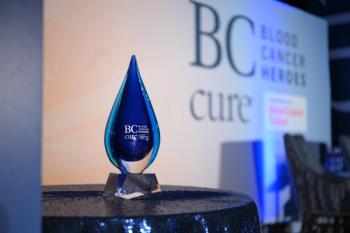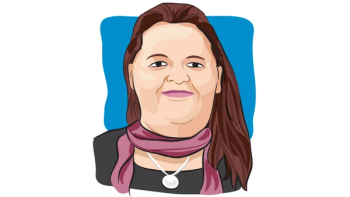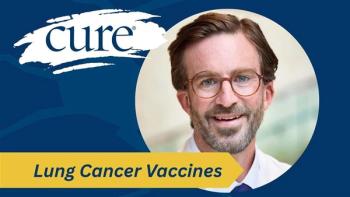
What we're working on
The time has come to paginate our summer issue. Now that all of our editorial reviews of the summer's content and design are concluded, we're ready to determine the order of the pages. It may sound simple, but it's not. More art than science, the pagination process cannot be easily "programmed" by software developers. It's like putting together a complicated jigsaw puzzle. It requires a human touch.Because CURE is free to cancer patients, survivors and caregivers, we rely heavily on advertising revenues. Most of our advertisers are pharmaceutical companies whose ads are strictly monitored by the Food and Drug Administration. That means that any drug that is advertised must be accompanied by "patient information," usually a page or two that most readers gloss over. When we lay out our pages, we must pay attention to how those ads have been sold: some advertisers pay a premium to have their ads placed in the first third of the magazine, others prefer the inside back cover, still others may have response cards that require a certain number of pages in between, and so on. To further complicate the process, we work very hard to avoid any appearance of being influenced by an advertiser. Consequently, if we report on a particular drug – positively or negatively – we will not place that drug manufacturer's advertisement anywhere near the story. And we always try to honor an advertiser's request to avoid having an ad place next to a competitor's. Once the ads have been placed, we can begin to determine how the editorial content will be laid out. It is standard practice in the magazine industry to consistently place "front-of-book" departments first, followed by the main stories in what we call the "feature well," and then the content for the "back-of-book" departments. Several departments, categorized as "run-of-book," can be placed almost anywhere that we deem acceptable or desirable.Our "front-of-book" departments include the Table of Contents, Masthead, Editor's Page, Letters and First Line. Our "feature well" includes three main stories and four secondary stories (what we refer to as "minifeatures"). And our "back-of-book" departments include Pipeline, Voices and Speaking Out. A particular challenge in laying out our summer issue will be holding open two pages for our breaking news coverage from the American Society of Clinical Oncology (ASCO) annual meeting in June. In fact, we'll be coordinating efforts in Chicago and Dallas to complete those two pages on the very day the magazine is sent to the printer. Start the presses!





